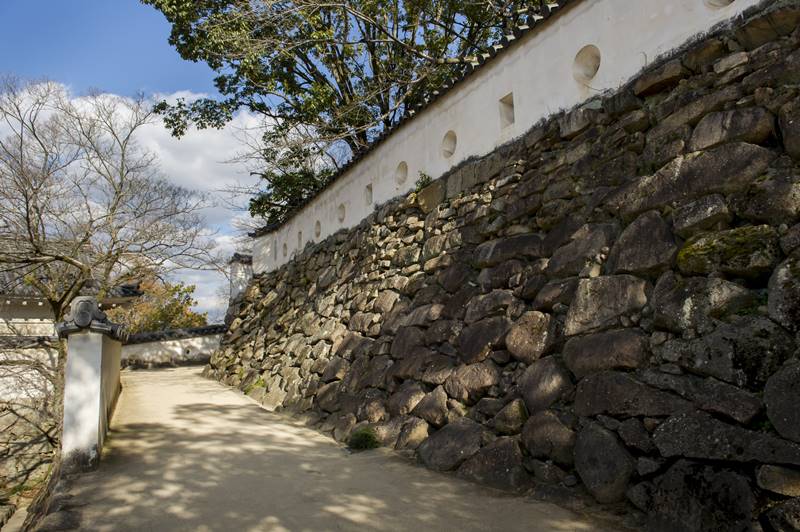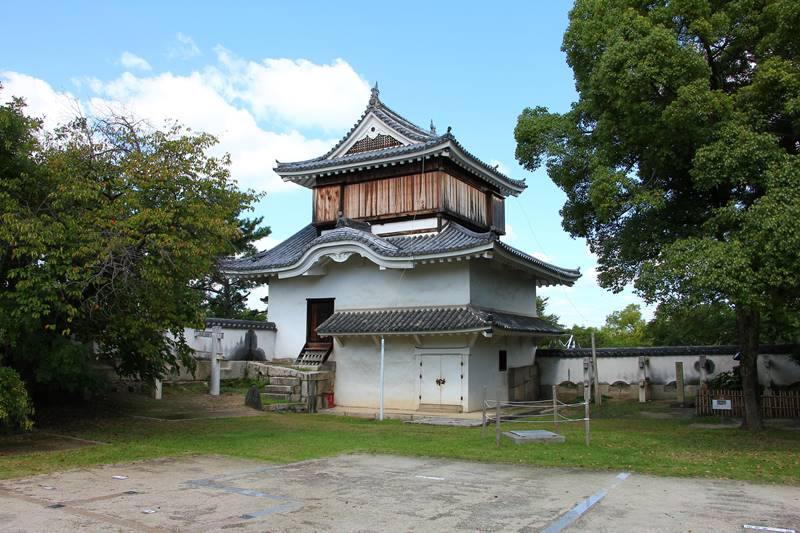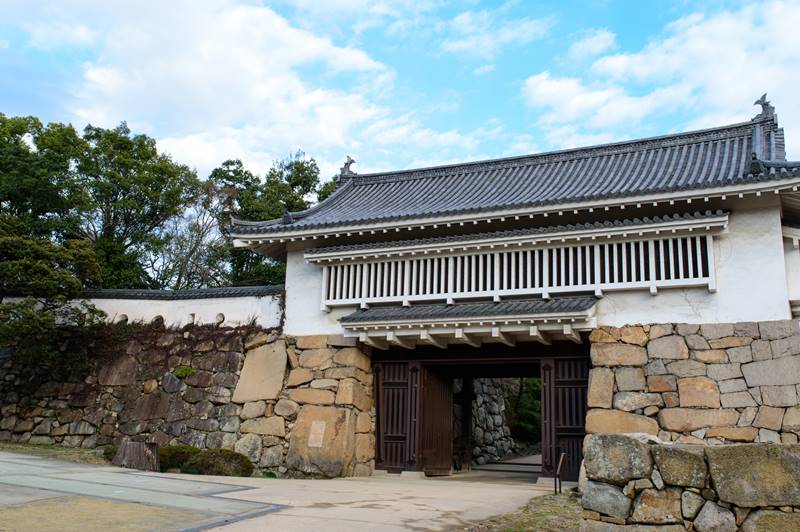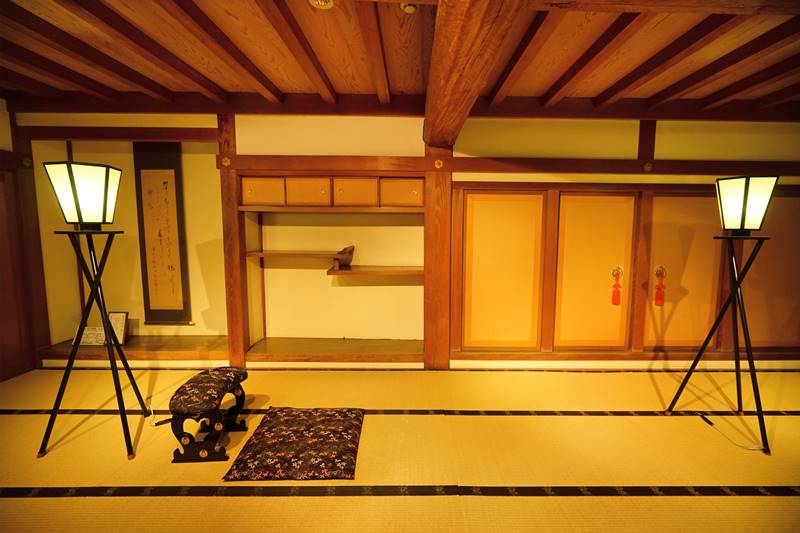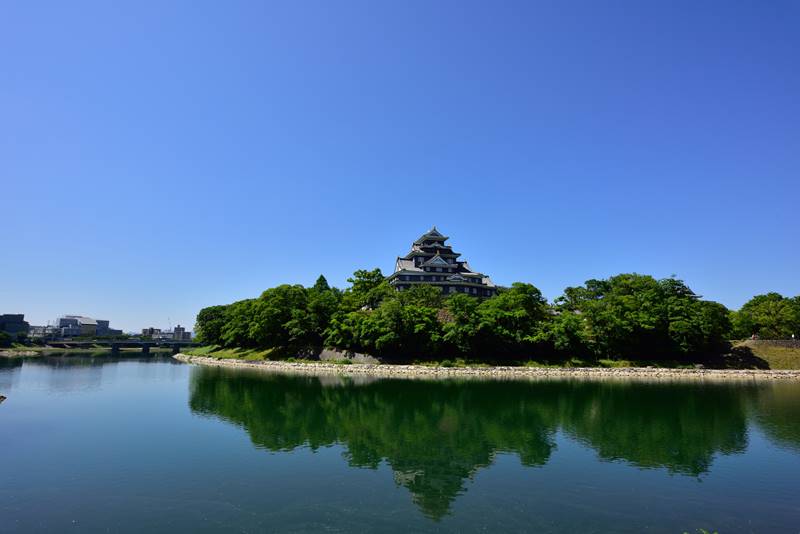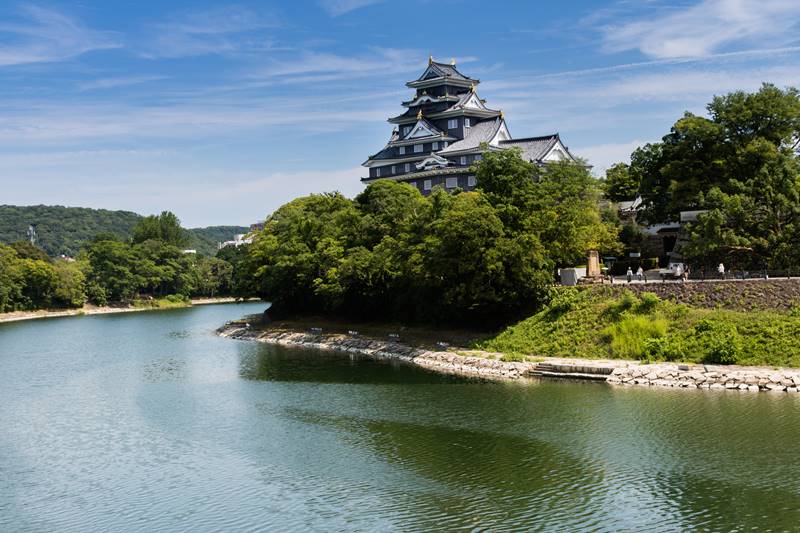This is all about Okayama Castle Ruins you want to know.
Every information you get on this site will be from a credible source based on Japanese history (books for reference).
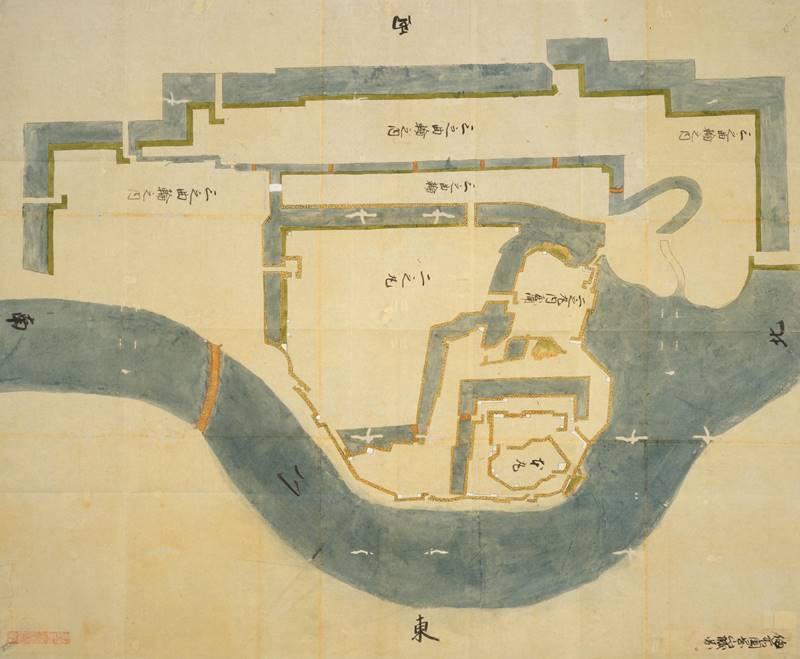
Collected by the Inagaki family, the Toba Daimyō from the mid-Edo period to the Meiji Restoration, as materials for military studies. There are about 350 illustrations, but there is no uniformity because only illustrations of castles, illustrations including castle towns, and old battlefield illustrations are mixed.
Another typical example of a castle picture in the Edo period is "The Shōhō Shiroezu", picture of the castle and castle town that the Edo Shogunate ordered the daimyō to create and submit,aggregating military information such as the buildings inside the castle, the height of the stone wall, the width of the moat and the water depth, etc., it also details the location and shape of the castle town and the mountain river.
Profile : Okayama Castle Ruins
| Location | Okayama City, Okayama Prefecture |
| Also known as | U Castle, Kin U Castle |
| Type of castle | Hilltop |
| Mountain's name | ー |
| Elevation | ー |
| Condition | Reconstructed main keep |
| Designation | National Important Cultural Properties National Historic Sites |
| Year built | 1346-1369 |
| Abolished | 1873 |
| Castle lord | Unknown |
| Refurbishment lord | Ukita Clan |
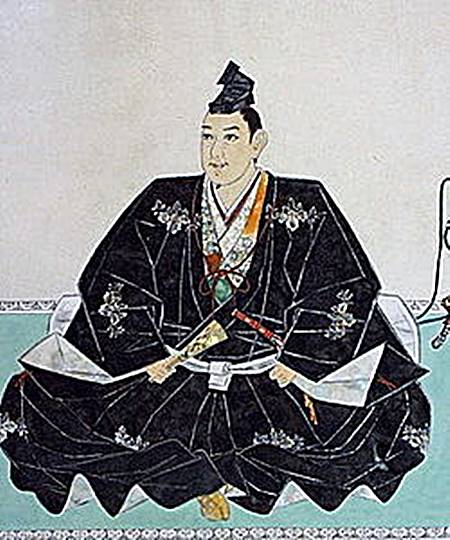
Okayama Castle admission
admission fee : 320yen (Adult) 130yen(under junior high school students)
admission time : am9-pm5:30
closing period : December 29-31 reference official site
Okayama Castle Google Map
Okayama Castle Images
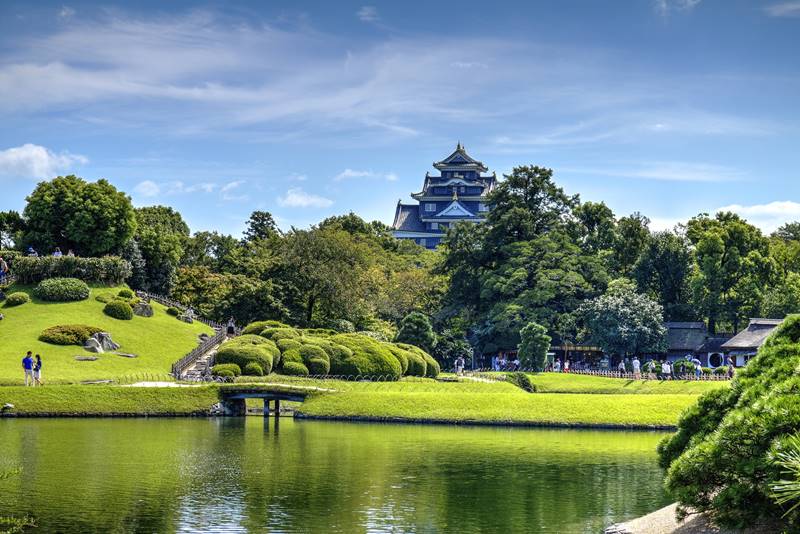
The main keep, destroyed in World WarⅡby the air raids, was rebuilt with reinforced concrete in 1966. It has "Bōrō type", three levels-sixth floor. It was called Torijo due to the black lacquer on the outer wall (its black color like a crow) and was also called Kin-u-jo because it used gold leaf tiles.
